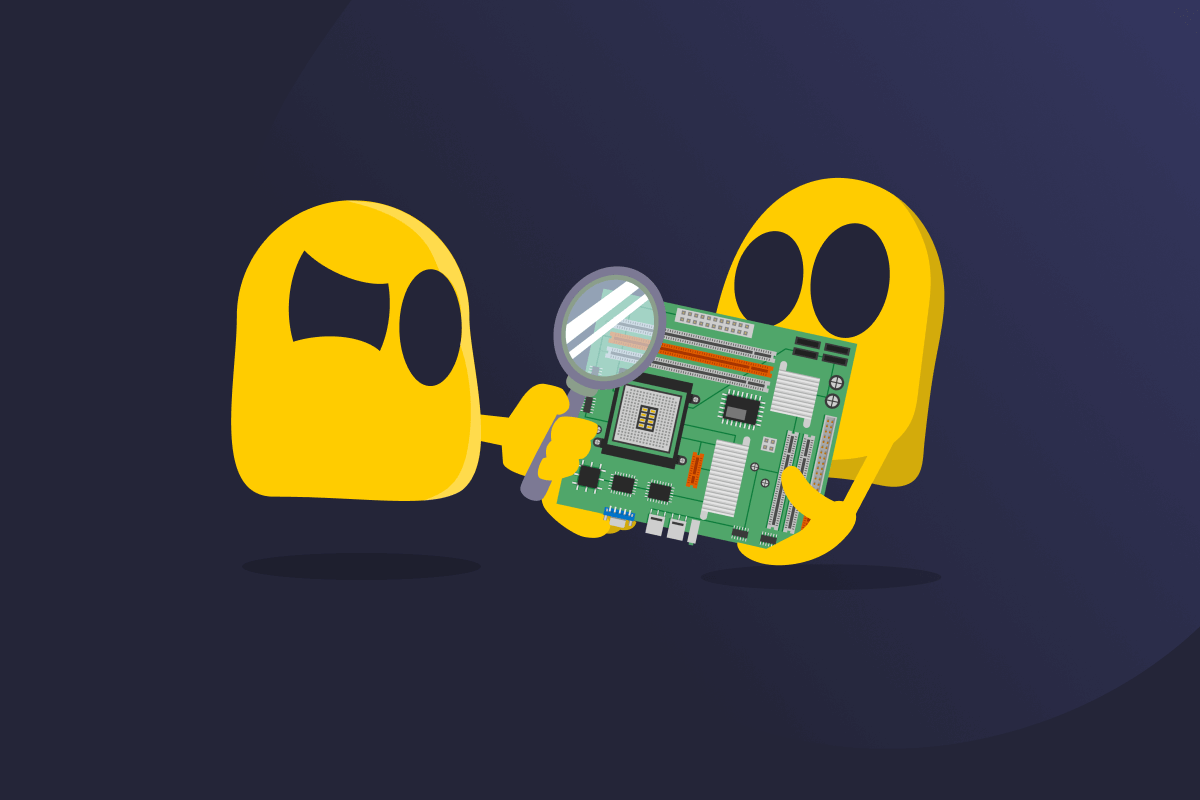PCI Bus

PCI Bus Definition
The PCI (Peripheral Component Interconnect) bus is a set of electrical connections on your device’s motherboard, which is the main circuit connecting all your computer’s parts. It links the CPU to expansion cards like graphics cards, sound cards, or network adapters so they can send and receive data.
Developed in 1992, it’s mostly obsolete today and has been replaced by the faster PCI Express (or PCIe). It’s still used in some proprietary systems, like in old industrial or telecommunications equipment. Some desktop motherboards include both PCI and PCIe slots so that older and modern systems can still communicate with one another. This is known as backwards compatibility.
How Does the PCI Bus Work?
The PCI bus in computer architecture acts like a shared highway inside your device. It lets different components communicate with the CPU and memory, such as the network adapter or sound card. Instead of giving each device its own path, the PCI bus has one shared route that all devices use to send and receive data.
Each connected component takes turns using the bus, like cars merging onto a single-lane road. A controller manages the flow, making sure the devices don’t all try to send signals at once. This setup keeps things organized, but it can create a bottleneck, especially as more demanding hardware is added. This is why newer systems now use PCIe, as it gives each device its own fast, dedicated lane.
PCI vs PCIe
PCIe (PCI Express) is the newer, faster version of PCI. It was introduced in 2003 and quickly became the standard in most devices. Here’s how it compares to PCI:
- Faster performance: PCIe supports much higher data speeds than PCI, which means faster file transfers and better performance for demanding hardware like GPUs and SSDs.
- Different design: PCI uses a parallel system where data moves across shared lines, which can slow things down. PCIe uses a serial system with dedicated lanes for each device, so data moves faster and more reliably.
- Hot swapping support: Some PCIe devices can be added or removed while the system is running if both the device and motherboard support it. This makes it easier to upgrade or replace hardware without shutting everything down. Some enterprise PCIe systems support hot swapping, but most desktop systems don’t.
Read More
FAQ
The PCI bus is mostly obsolete today. However, it’s still used in some specialized systems, like older industrial machines, telecommunications systems, or medical and military equipment. A few modern desktop motherboards may include a PCI slot to support legacy hardware, but most now use PCIe as the standard.
The PCIe (or PCI Express) was developed in 2003 and has been regularly updated since. It offers faster speeds and more bandwidth and gives each component its own dedicated connection, unlike PCI’s shared setup. Some PCIe devices support hot swapping, so they can be connected or removed while the system is running (if the hardware allows it). Today, most modern expansion cards use PCIe instead of PCI.
PCI stands for Peripheral Component Interconnect. It’s called that because it connects peripheral components to the motherboard, such as graphics cards, sound cards, and USB expansion cards. This allows them to communicate with the CPU and memory effectively.

 45-Day Money-Back Guarantee
45-Day Money-Back Guarantee